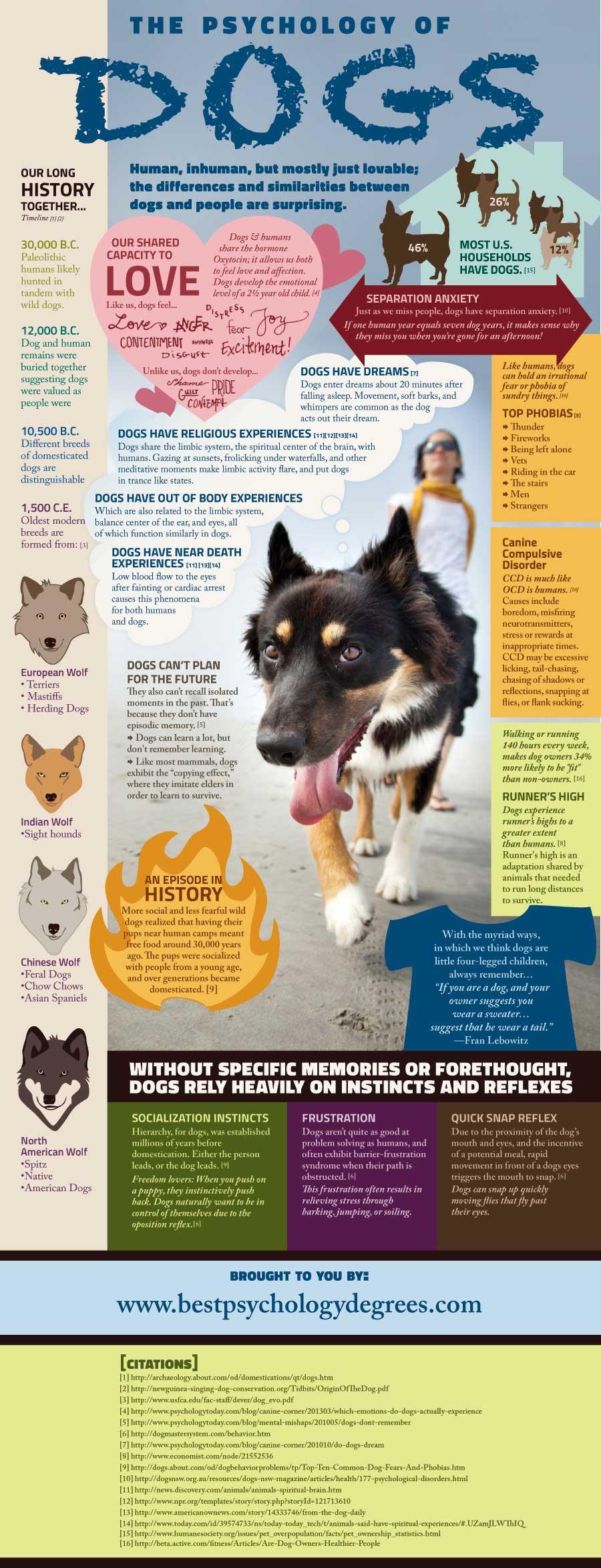Every dog owner dreams of having a well-behaved companion, one who joyfully accompanies them through life’s adventures without the stress of misbehavior. Yet, the path to achieving this harmony often seems daunting, especially when faced with common challenges like excessive barking, jumping, or chewing. The good news is that correcting a dog’s behavior doesn’t have to involve force or intimidation. In fact, fostering a loving and respectful relationship with your furry friend can lead to more lasting and positive outcomes. In this guide, we will explore gentle and effective strategies that emphasize understanding, patience, and positive reinforcement, allowing you to cultivate a bond with your dog that is built on trust and mutual respect. Whether you’re a first-time dog owner or an experienced handler, these compassionate techniques will empower you to guide your dog’s behavior in a way that is both kind and effective.
Understanding Canine Psychology for Compassionate Training
At the heart of compassionate training is the understanding that dogs, much like humans, have their own emotions and motivations. To foster a respectful and loving relationship, it’s essential to recognize the reasons behind a dog’s behavior. By doing so, we can guide them effectively without resorting to force. Positive reinforcement is a powerful tool in this process, rewarding desired behaviors with treats, affection, or playtime. This not only encourages the dog to repeat good behavior but also strengthens the bond between you and your furry friend.
Another crucial aspect is consistency. Dogs thrive on routine and clear expectations. Here are a few strategies to ensure a consistent approach:
- Set clear and consistent rules for your dog and all family members.
- Use the same commands and signals for desired actions.
- Be patient and persistent; behavioral changes take time.
- Ensure that training sessions are short, fun, and engaging.
By embracing these techniques, you can nurture a positive environment where your dog feels safe and understood, paving the way for effective behavior correction.
Building Trust Through Positive Reinforcement Techniques
Developing a strong bond with your furry friend begins with understanding and empathy, and one of the most effective ways to nurture this connection is through positive reinforcement techniques. This approach focuses on rewarding desired behaviors, making your dog more likely to repeat them. Instead of resorting to force or punishment, you can use treats, praise, or playtime to communicate what is expected. This not only encourages good behavior but also fosters a loving and trusting relationship.
- Consistency is key: Ensure that everyone in the household uses the same commands and rewards for behaviors to avoid confusion.
- Timing matters: Offer rewards immediately after the desired behavior to help your dog make the connection.
- Understand their motivation: Discover what your dog loves most, whether it’s a specific treat, toy, or even verbal praise, and use it as a reward.
- Patience and persistence: Remember, building new habits takes time. Be patient and celebrate small victories along the way.
By focusing on rewarding positive actions, you are not only teaching your dog how to behave but also building a foundation of trust and understanding that will strengthen your relationship for years to come.

Creating a Consistent Routine for Lasting Behavioral Change
Developing a structured routine is essential for transforming your dog’s behavior gently and effectively. Dogs thrive on consistency and predictability, which can be harnessed to instill positive habits. Start by establishing a daily schedule that includes set times for meals, walks, play, and training sessions. This regularity helps your dog understand what is expected and when, reducing anxiety and unwanted behaviors.
- Set Clear Expectations: Use simple commands and stick to them. Consistency in language and actions will reinforce the desired behavior.
- Positive Reinforcement: Reward good behavior immediately with treats, praise, or affection. This reinforces the behavior you want to see repeated.
- Be Patient: Change doesn’t happen overnight. Celebrate small victories and remain patient as your dog learns and adapts.
- Adapt and Adjust: Be prepared to tweak your routine based on your dog’s progress and any new challenges that arise.
By creating a nurturing environment with a steady routine, you encourage your dog to embrace new behaviors naturally, leading to a harmonious and happy home for both of you.

Effective Communication: The Key to a Harmonious Relationship
Understanding your furry friend’s language is essential in nurturing a peaceful coexistence. When your dog exhibits undesirable behavior, it’s crucial to approach correction with empathy and patience. Start by identifying the root cause of the behavior. Is it due to anxiety, boredom, or a lack of understanding? By understanding the ‘why,’ you can tailor your approach to be more effective.
- Positive Reinforcement: Reward your dog when they display desired behavior. This can be in the form of treats, affection, or playtime.
- Consistent Commands: Use the same words and gestures for commands. Consistency helps your dog understand what is expected of them.
- Redirect Attention: If your dog is engaging in unwanted behavior, gently redirect their attention to a more acceptable activity.
- Patience and Persistence: Change takes time. Be patient and persistent in your training efforts, and avoid showing frustration.
By fostering an environment of trust and understanding, you can guide your dog towards better behavior without the need for force, ensuring a harmonious relationship for both of you.

